Winter brings beautiful snow-covered landscapes, but it also brings the annual ritual of back injuries from snow shoveling. Emergency rooms see a spike in back, shoulder, and heart-related injuries every time a major snowstorm hits. Most of these injuries happen because people attack snow removal the wrong way, using poor technique with inadequate tools.
The human body wasn’t designed for the repetitive lifting, twisting, and throwing motions that traditional snow shoveling requires. Add cold temperatures that make muscles stiffer and you have a recipe for injury. But winter maintenance doesn’t have to be a health hazard if you approach it with the right mindset and equipment.
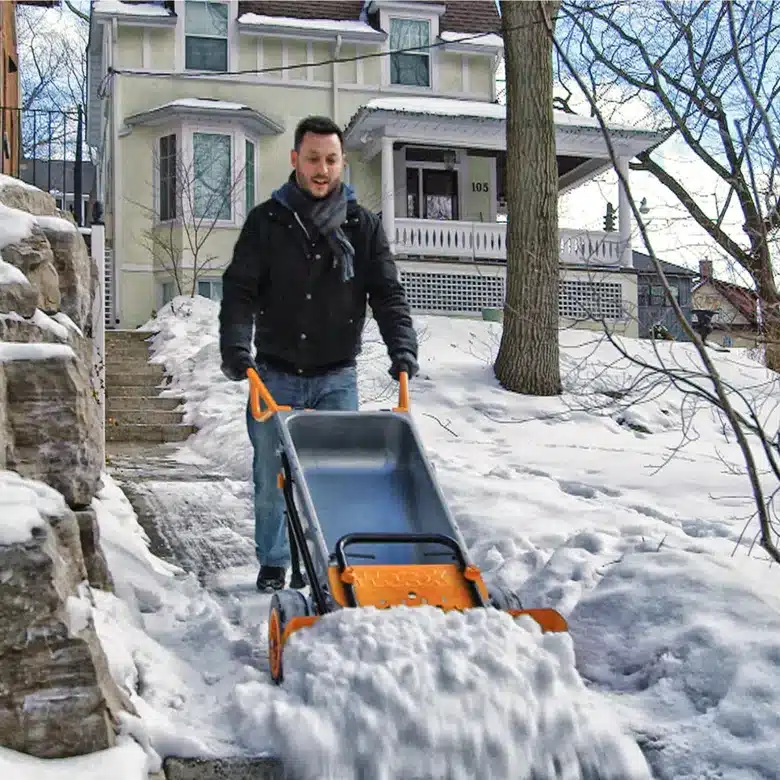
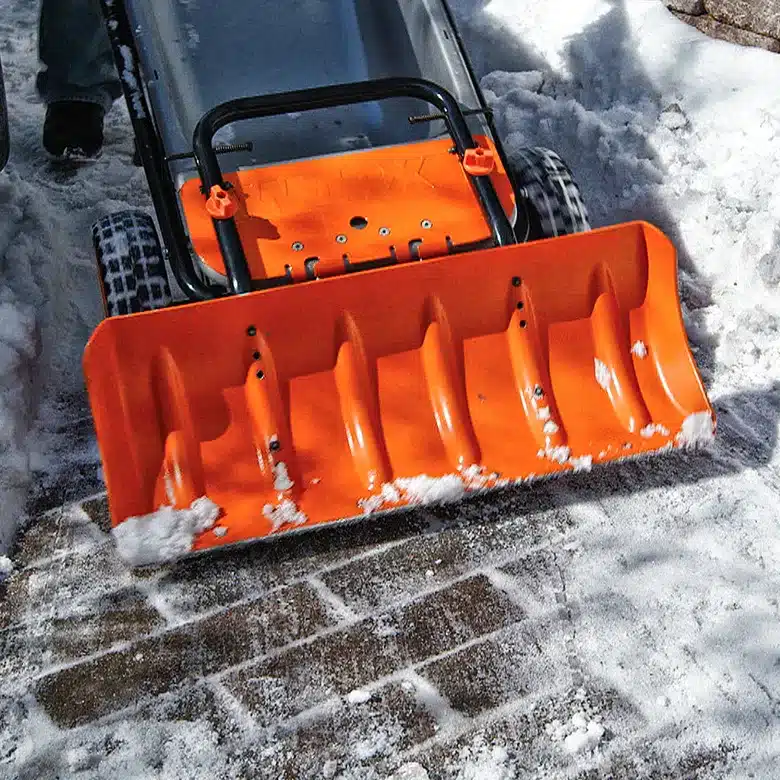
Understanding What Goes Wrong
Snow shoveling injuries happen for predictable reasons. Cold weather makes muscles and joints less flexible, increasing injury risk before you even start working. The repetitive motion of lifting and throwing snow puts enormous strain on the lower back, especially when people bend at the waist instead of squatting properly.
Most people also underestimate how heavy snow actually is. Wet snow can weigh 20 pounds per shovel load, and even light powder adds up quickly when you’re moving it repeatedly. Multiply that by the hundreds of scoops needed to clear a typical driveway, and you’re looking at moving several tons of material.
The worst injuries usually happen when people try to throw snow too far or twist their bodies while lifting. That combination of lifting, rotating, and extending puts incredible stress on spinal discs and back muscles. Add the fact that most people only do this activity a few times per year, and you have untrained bodies attempting demanding physical work.
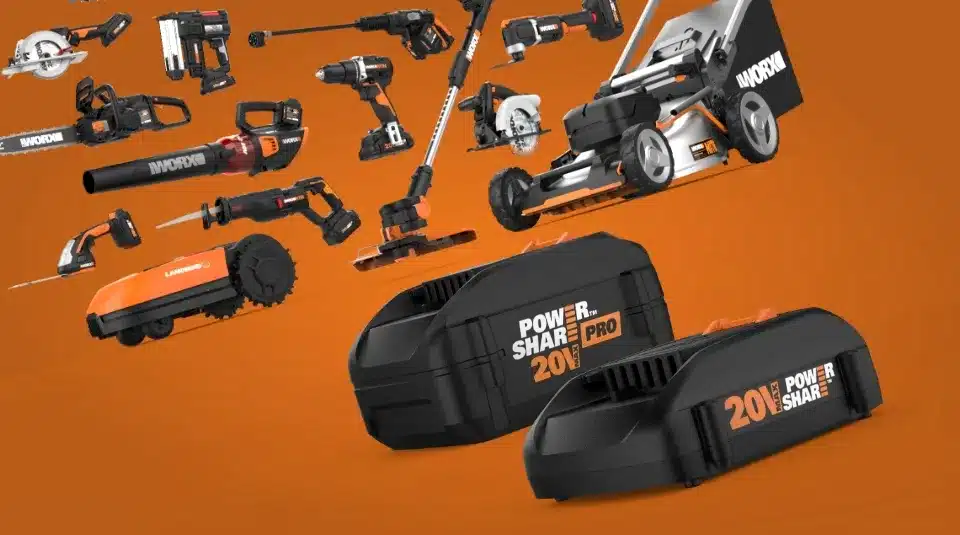
Smart Equipment Choices Make All the Difference
The right tools transform snow removal from a back-breaking ordeal into manageable work. Traditional shovels force you into poor body positions and require lifting every bit of snow manually. Modern alternatives can eliminate most of the lifting and reduce physical strain dramatically.
A quality snow blower handles the heavy work while you simply guide it along your driveway and walkways. Electric models start reliably every time and require no gas mixing or engine maintenance, so they’re always ready when storms hit. The key is choosing equipment that matches your needs rather than struggling with inadequate tools.
Ergonomic snow shovels also make a significant difference when power equipment isn’t practical. Look for models with curved handles that reduce bending, lightweight materials that decrease fatigue, and non-stick surfaces that prevent snow from sticking to the blade. These features might seem small, but they add up to much less strain over a full snow removal session.
Push-style snow shovels work well for light, dry snow and eliminate most lifting entirely. You simply push the snow to where you want it rather than picking it up and throwing it. This approach works great for clearing paths and moving snow short distances without the strain of traditional shoveling.
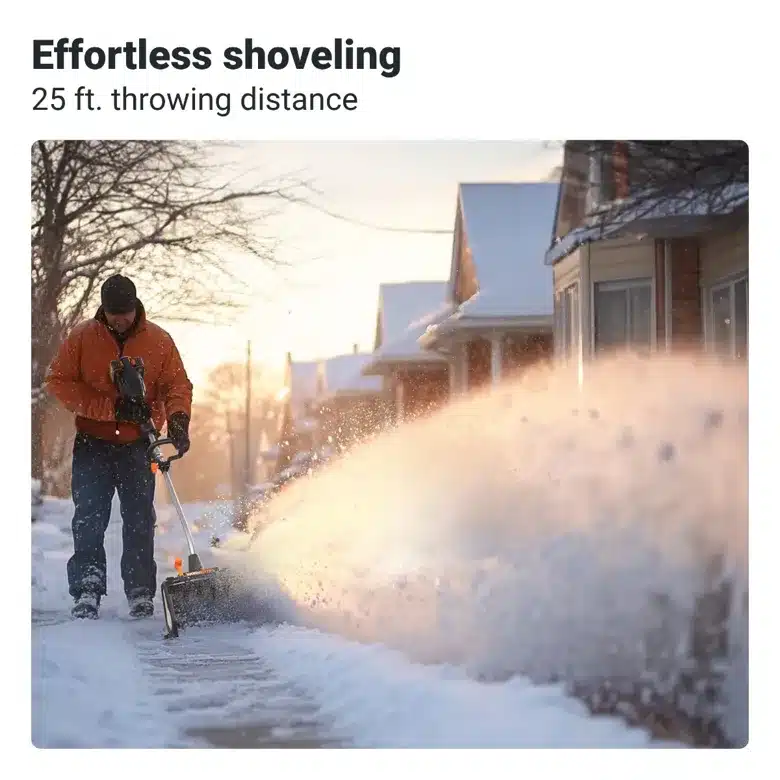
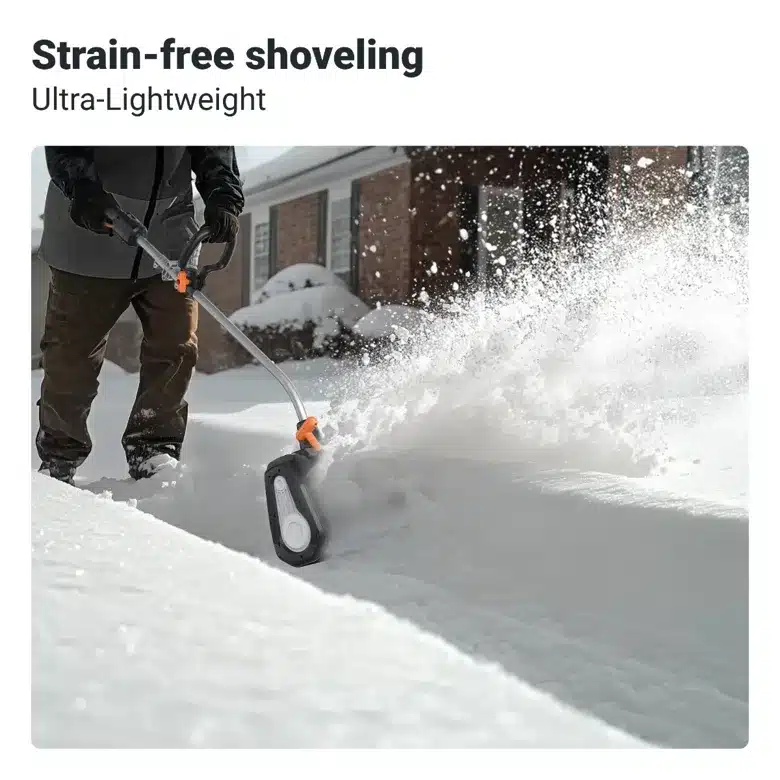
Proper Technique When You Must Shovel
When you do need to shovel manually, technique matters enormously. Start by warming up indoors with some light stretching, focusing on your back, shoulders, and legs. Cold muscles are injury-prone muscles, so don’t go straight from sitting to heavy physical work.
Dress in layers that you can adjust as you warm up. Being too hot makes you tired faster, while being too cold keeps muscles tight and prone to injury. Good traction on your feet prevents slips that can cause sudden, awkward movements leading to injury.
Face the snow directly rather than twisting to reach it. Step close to what you’re shoveling so you’re not reaching and straining. Bend your knees and keep your back straight, using your legs to power the lift rather than your back muscles.
Keep loads small and manageable. It’s better to make more trips with lighter loads than to risk injury trying to move too much at once. When you do need to throw snow, step in the direction you’re throwing rather than twisting your body while loaded with weight.
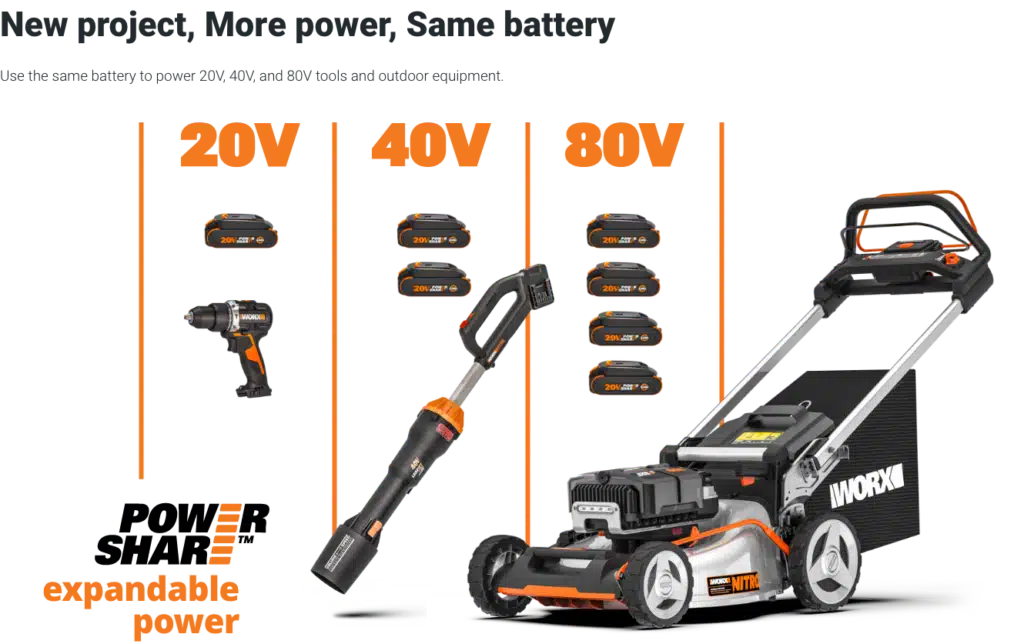
Timing and Strategy Beat Brute Force
Working smarter beats working harder when it comes to snow removal. Don’t wait for storms to end before starting—removing snow multiple times during heavy storms is much easier than trying to move deep accumulations all at once.
Start snow removal as soon as practical amounts accumulate. Two inches is much easier to move than eight inches, and you’ll finish faster with less effort overall. This approach also prevents snow from getting packed down by foot traffic or melting and refreezing into ice.
Clear high-priority areas first. Focus on main walkways, steps, and areas where people need to walk safely. Secondary areas can wait if weather conditions are challenging or if you’re getting fatigued.
Consider where you’re putting the snow before you start. Having a plan prevents double-handling and reduces the distance you need to move material. Don’t pile snow where it will create new problems, such as blocking visibility at driveways or creating drainage issues when it melts.
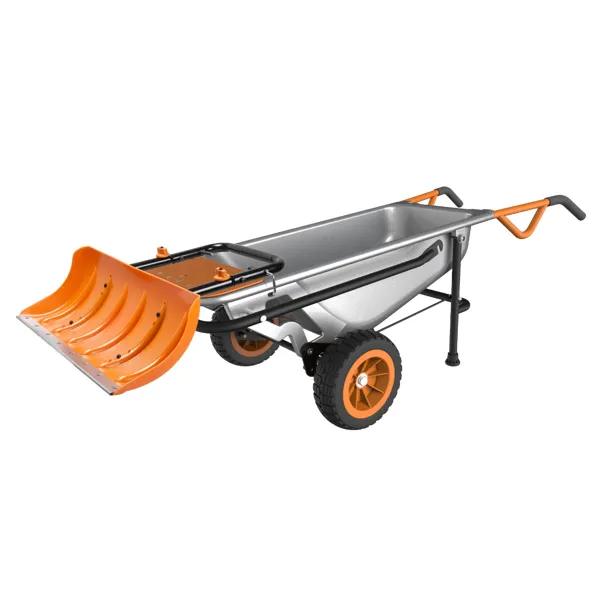
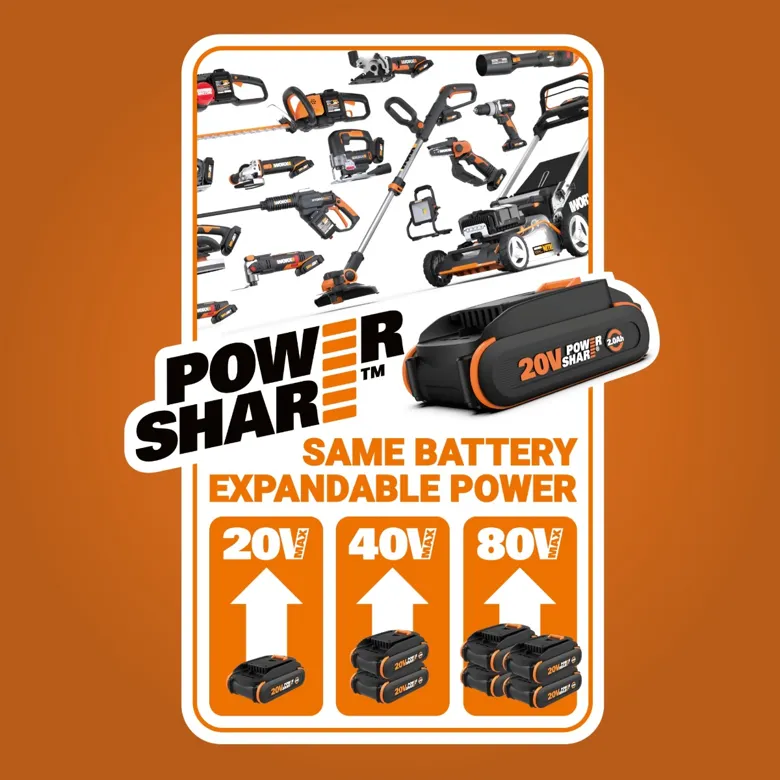
Recognizing Your Physical Limits
Age, fitness level, and existing health conditions all affect how much snow removal work is safe. People over 40, those with heart conditions, and anyone with a history of back problems should be especially cautious about manual snow removal.
Take frequent breaks, even if you feel fine. Fatigue leads to poor form, which leads to injuries. Stop for a few minutes every 15-20 minutes of active shoveling to let your body recover.
Pay attention to warning signs that you’re overdoing it. Chest pain, severe shortness of breath, dizziness, or sharp back pain all signal that you need to stop immediately. It’s better to leave snow uncleared than to end up in the emergency room.
Don’t let pride or stubbornness override good judgment. There’s nothing wrong with hiring snow removal service for major storms or asking neighbors for help. The cost of professional help is much less than the cost of injury treatment and lost work time.
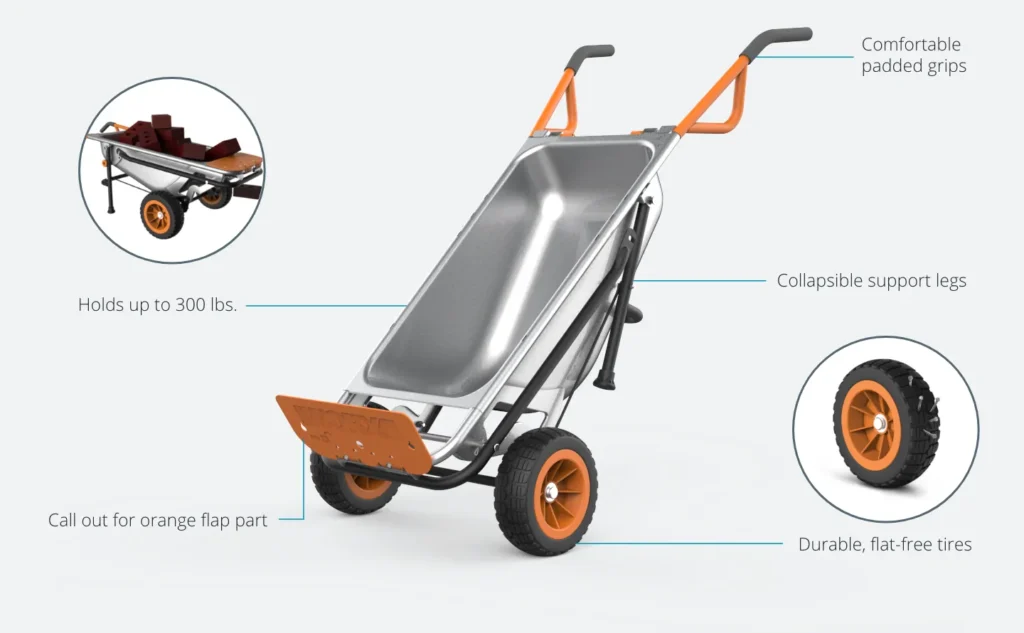
Post-Storm Recovery and Prevention
After snow removal work, take time to cool down properly. Light stretching helps prevent muscle stiffness and soreness. A warm shower or bath can ease muscle tension and help you relax after physical work.
Monitor yourself for delayed-onset injuries. Sometimes back problems don’t show up until hours or even days after the activity that caused them. If you develop pain or stiffness, address it early with rest, ice, and gentle movement rather than ignoring it.
Use the off-season to prepare for next winter. Regular exercise that strengthens your core, back, and leg muscles makes snow removal safer and easier. Even simple walking and basic strength training make a big difference in your ability to handle winter physical demands.
Consider making equipment upgrades during the off-season when selection is better and prices are often lower. Investing in proper tools pays dividends every time you use them, and quality snow removal equipment lasts for many years.

Weather-Specific Adjustments
Different types of snow require different approaches. Light, fluffy snow moves easily but can be deceiving—large volumes still add up to significant weight. Wet, heavy snow requires more frequent breaks and smaller loads to prevent overexertion.
Icy conditions call for extra caution and possibly different tools. Sand or ice melt applied before snow removal can make the job much easier and safer. Don’t try to chip through thick ice layers with a shovel—that’s a recipe for shoulder and back injury.
Extremely cold weather shortens safe work periods and makes equipment harder to handle. Plan for shorter sessions with more indoor warming breaks. Metal tools become painful to grip in bitter cold, so consider tools with insulated handles.


Building Long-Term Success
Creating sustainable winter maintenance routines prevents the boom-and-bust cycle that leads to injuries. Regular light maintenance beats sporadic heroic efforts every time. This applies to both physical conditioning and equipment care.
Keep snow removal equipment in good condition and easily accessible. A snow blower that won’t start or a shovel with a broken handle forces you into poor alternatives when storms hit. Basic maintenance during the off-season ensures everything works when needed.
The goal is developing approaches that work for your specific situation, physical capabilities, and property requirements. What works for a young, fit person with a small driveway may not work for someone older with a large property. Honest self-assessment and appropriate tool selection make winter weather manageable rather than hazardous.
- 0shares
- Facebook0
- Pinterest0
- Twitter0


